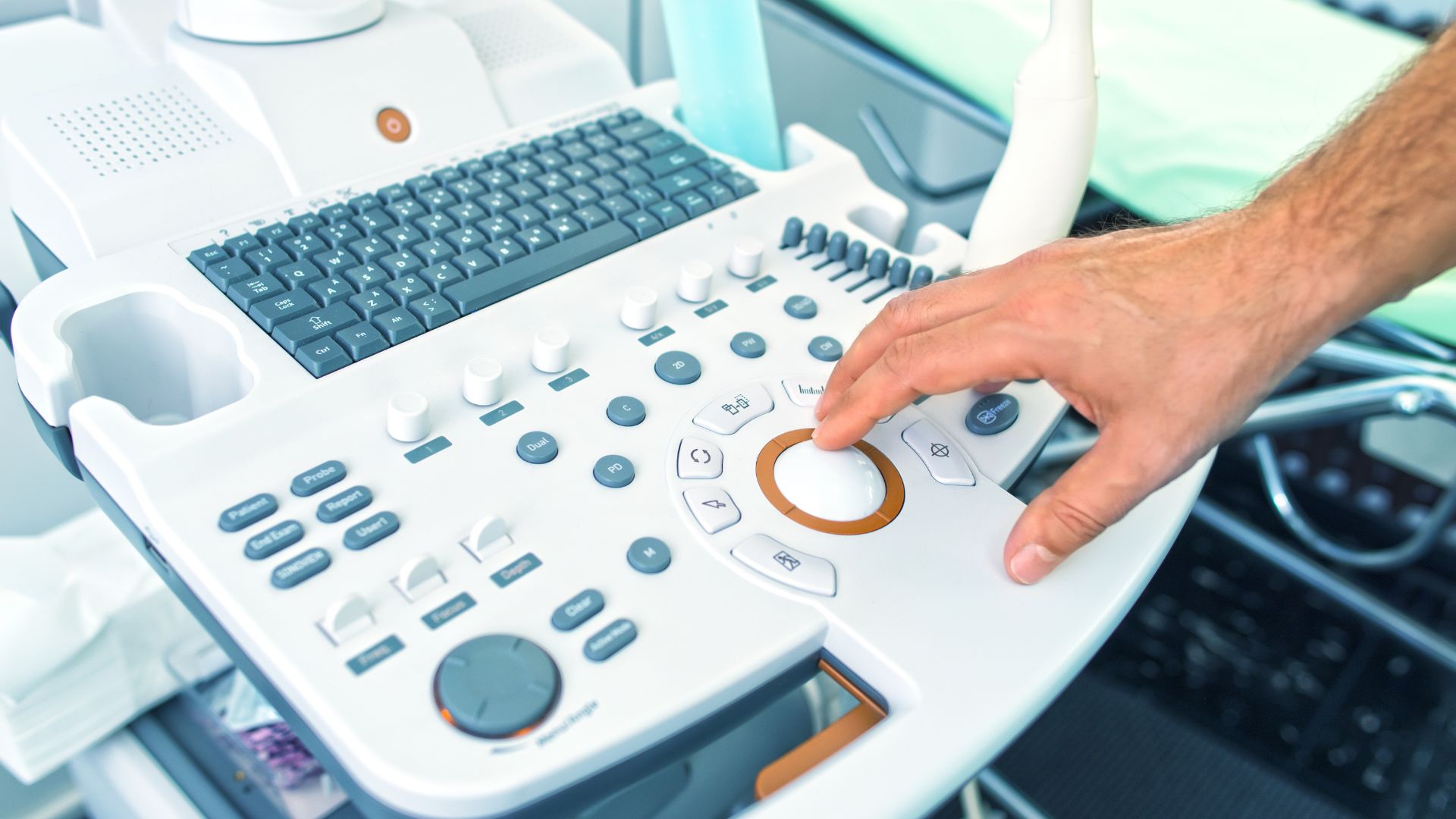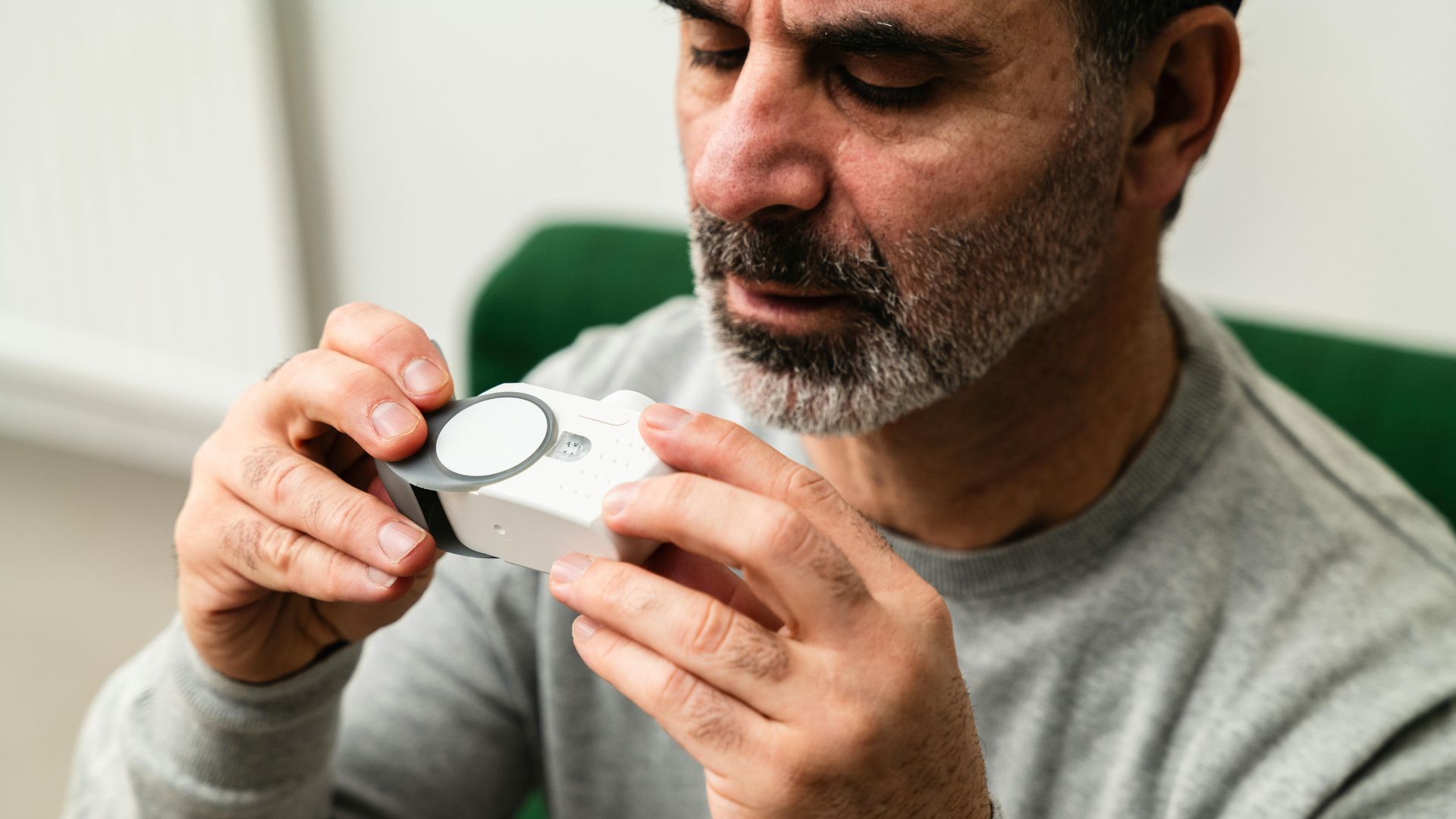FDA Compliance for Sunglasses & Prescription Lenses
Sunglasses, prescription eyeglasses & over-the-counter reading glasses are not just fashion accessories; they are classified as medical devices by the FDA due to their role in vision correction & eye protection. Manufacturers, importers & retailers must comply with FDA regulations for medical devices & radiation-emitting products to legally market their products in the US. Failure to comply can result in Import Alerts, product detentions & legal actions.
How the FDA Classifies Sunglasses & Lenses
Proper classification determines the regulatory pathway for each product type:
Device Classifications
- Class I (Low Risk, Exempt from 510(k)): Includes non-prescription sunglasses, over-the-counter (OTC) reading glasses & plano (non-corrective) lenses. Subject to general controls but do not require 510(k).
- Class I (Non-Exempt): Covers prescription spectacle lenses, standard corrective eyeglasses & contact lens blanks. These require Medical Device Listing, UDI compliance & performance testing.
- Class II (Moderate Risk): Includes photochromic lenses, impact-resistant polycarbonate lenses & blue-light blocking prescription lenses. Require 510(k) clearance.
- Class III (High Risk): Includes customized prescription lenses with smart tech, digital magnification or therapeutic coatings. Require Premarket Approval (PMA).
Key FDA Compliance Requirements for Eyewear Manufacturers
To legally sell eyewear in the US, manufacturers must complete these steps:
- Establishment Registration: Annual FDA registration for manufacturers & importers.
- Medical Device Listing: Each eyewear product must be listed with the FDA.
- Unique Device Identifier (UDI) Compliance: Required for most medical eyewear for traceability.
- Impact Resistance & UV Protection Testing: Sunglasses must meet 21 CFR 801.410; UV claims must follow ISO 12312-1 testing.
- Labeling & Advertising Compliance: Claims around UV protection, blue light filtering & anti-glare must be scientifically validated.
Common Compliance Challenges & Solutions
Eyewear manufacturers often face setbacks due to classification errors or unvalidated claims. These case studies highlight how early compliance planning can prevent delays:
Case Study: Sunglasses Detained Due to False UV Protection Claims
A company importing fashion sunglasses labeled them as offering “100% UV Protection” without supporting test results. The FDA detained the shipment, resulting in:
- Mandatory third-party UV testing.
- Product relabeling & repackaging.
- Fines & extended delays in US market entry.
Case Study: Prescription Lenses Delayed Due to UDI Non-Compliance
A manufacturer selling high-index lenses faced import detention due to missing UDI labeling. They had to:
- Update labeling to meet UDI rules.
- Resubmit Medical Device Listing.
- Partner with consultants to correct future submissions.
Regulatory Considerations for Eyewear Manufacturers
Additional factors impacting compliance include:
- FDA User Fees: Annual fees apply; Small Business Fee Assistance is available.
- Import Alerts: Recurring violations can block further imports.
- Certificate to Foreign Government (CFG): Required to export medical eyewear to many countries.
- Health Canada Licensing: Selling in Canada may require a Medical Device Establishment Licence (MDEL) for Class I lenses.
Sustaining Compliance After Market Entry
FDA approval is only the beginning. Ongoing oversight is required to maintain market access:
- Electronic Medical Device Reporting (eMDR): Report adverse events involving eyewear.
- FOIA Requests: Help monitor trends in FDA approvals.
- Medical Device Master File: Streamlines future product submissions.
- Ongoing Regulatory Consulting: Keeps your team aligned with FDA updates.
Seeing Long-Term Success Through Compliance
Bringing eyewear to the US market requires more than proper labeling—it demands a full-spectrum compliance strategy. Manufacturers that focus on classification, validated testing, accurate labeling & UDI compliance avoid costly disruptions & position their products for long-term growth.








